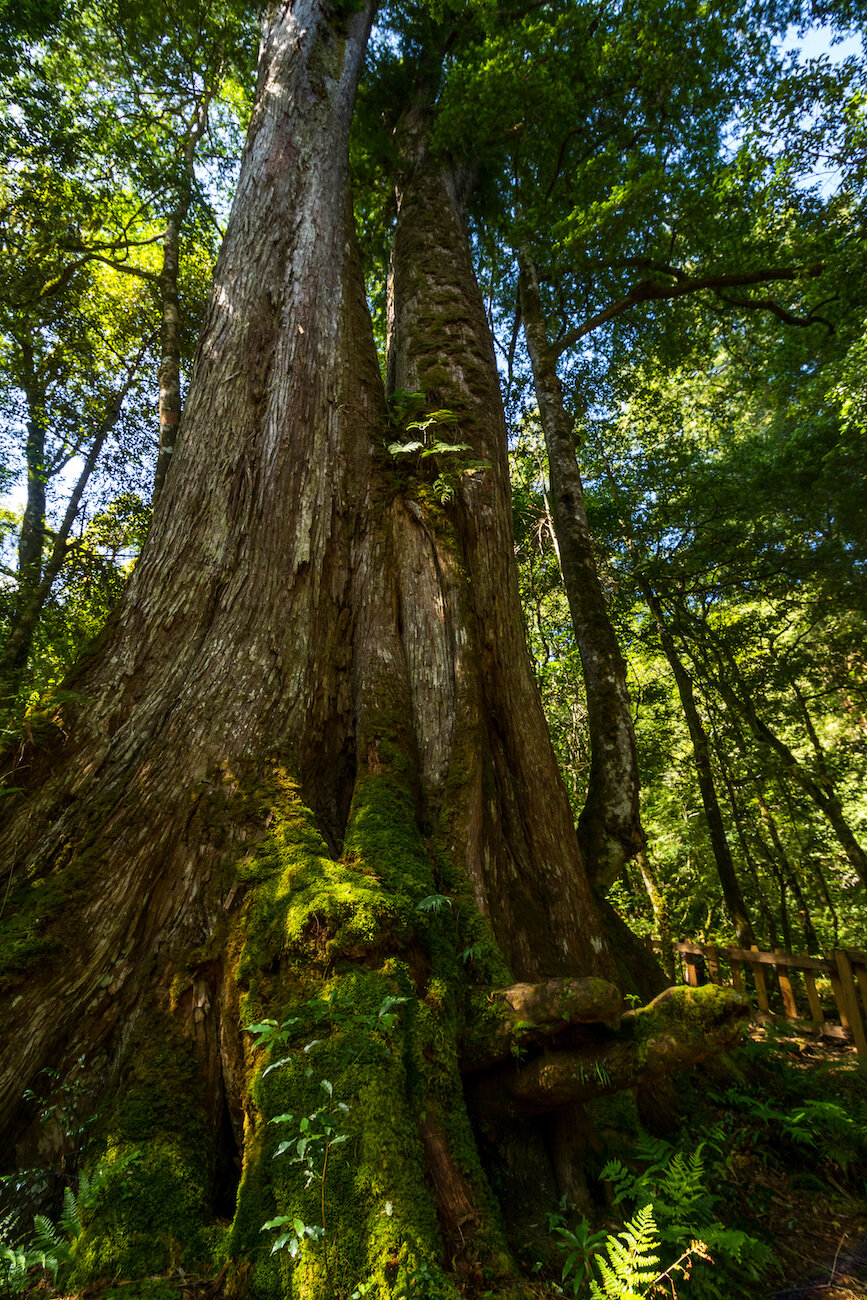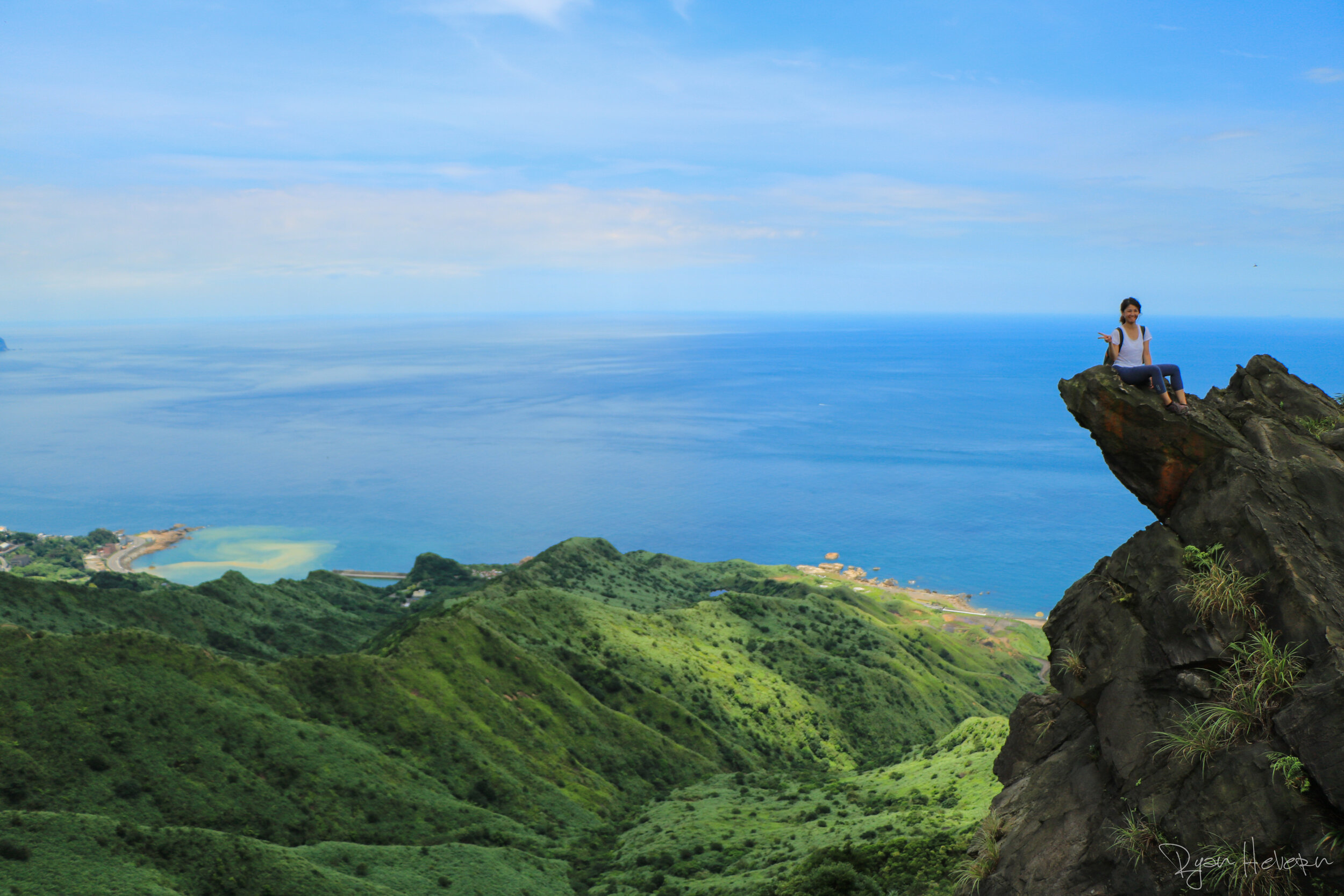Dear reader: this article contains links to products and services that I may be compensated for, at no extra cost to you.
All of the gear I use for backpacking in 2020
Backpacking in the mountains can provide one of the purest forms of happiness in our lives. The ability to get out of the city, the stresses of life, to be surrounded by nature and immersed in its tremendous beauty is a wonderful luxury we can all enjoy. It feels this year, more than ever, a backpacking trip to the mountains is sorely needed.
I’m often asked for recommendations on what to bring for day hikes to high mountain climbs, and everything in between. I’ve put together my gear list for overnight backpacking trips. I hope these can help you get a gear pack started, or help you refine what you already have for backpacking your hometown mountains and beyond!
In general, it is important to have these items when backpacking in the high mountains:
Lightweight Tent
Tarp
60L or more Backpacking Pack
Sleeping Bag
Sleeping Pad
Stove and Fuel
Utensils
Food
Water and Water Treatment Tools/Tablets
First Aid Kit
Hiking Boots or Shoes
Appropriate Hiking Attire
Rain Jacket and Warm Clothing
Lightweight Day Pack
On top of this list, you should absolutely have the TEN ESSENTIALS:
Knife - very necessary
Headlamp - bring extra batteries
Navigation - compass, map, GPS device
Sun Protection - hat, sunglasses, sunscreen, etc
First Aid Kit - include foot care and insect repellant
Fire - matches, lighters, flint, stove
Shelter - tarp or emergency bivy
Extra Water - beyond minimum expectation
Extra Food - beyond minimum expectation
Extra Clothing - beyond minimum expectation
Alright, now that we have the basics under our belt, let me show you what I bring to the mountains on any given trip. Of course, this list can be adjusted depending on how many days I’ll be in the mountains, or how difficult the hiking will be. Let’s get to it! My typical backpacking gear for 2020!
Backpack
What I love about the F Stop Gear Sukha Pack is that it is large enough to fit all of the camera gear I would normally bring on an overnight camping trip in the high mountains (see below), because of the ICU’s that keep everything neatly packed inside. With those ICU’s I am also able to bring my tent, sleeping bag, sleeping pad and any food/cookware that’s necessary.
This is a photography bag for the adventurer. They live up to that. I’ve taken my Sukha pack all over the high mountains of Taiwan, and will even use it on day trips because of how nice and neat everything packs inside.
Camping Gear
Kelty Salida 2 Person Backpacking Tent
I have taken this tent up in the high mountains of Taiwan backpacked with it in California and slept very comfortably every time. This Kelty tent fits two people comfortably, and is only 3lbs 14oz. The Kelty Salida backpacking tent comes with a pouch to fit the poles, rain fly, and tent neatly inside. This helps keep everything tightly packed in my backpack, and protects my other gear from the water and dirt that may accumulate on my tent overnight.
This tent has been on countless adventures and has held up spectacularly.
For friends and clients, I have a handful of Quechua two person tents that are very good for very cheap. They don’t pack as conveniently, but they can be attached to the outside of your backpack easily enough.
This isn’t fancy, but it does the trick and is lighter than a feather, weighing only 200 grams. This sleeping pad is also incredibly cheap. You can buy it at Decathlon for 200 NTD (~$7 USD). They have Alu film on the sleeping surface to help against abrasions and to increase thermal insulation. For backpacking, this has worked wonders.
My choice in sleeping bags is based on what’s easily available here in Taiwan. Typically I’ll bring sleeping bags from Decathlon, or from a local outdoor shop, Prince Outdoors, here in Taipei City. Which backpack you choose will heavily depend on the season, weather and elevation of your backpacking trip to the mountains. In the high mountains, above 3,000 meters elevation, I bring with me a -10 C tolerant sleeping bag. In the summer I’ll bring my…
This comes in handy on so many occasions. I always bring this to the high mountains, or to normal camp trips. The down blanket stuffs into a malleable pouch, so it doesn’t take up much room at all in the bag, and is very lightweight. I use it as a pillow while its in the stuff sack, and it greatly improves the quality of my sleep!
If the night is too cold, I can stuff the inside of my sleeping bag with this as well, and I’m good to go. Conversely, if I am hammock camping in the summer I will sleep on top of this and the blanket will keep my back from getting too cold at night.
Sometimes this down blanket is enough to keep me warm all night, and I can skip bringing a sleeping bag with me.
I wouldn’t bring my hammock to the high mountains, due to the lack of trees to hang it from, but I love hammock camping in lower elevation forests. It’s lightweight, easy to pack, and extremely comfortable to sleep in. One downside is no mosquito net, but I combat this by wrapping the hammock around me, like a cocoon.
I also bring my ENO Double Nest hammock when I intend to sleep in my tent. If the camping trip is more casual, I love throwing the hammock up and reading a book while laying amongst the trees. Sometimes there’s no better way to spend a day.
So there you have it! This is just about all the gear I use while camping and backpacking in the mountains and forests of Taiwan. This doesn’t even cover my camera gear that I bring with me on every trip as well!
Get out and enjoy the outdoors, always Be Adventurous!























































